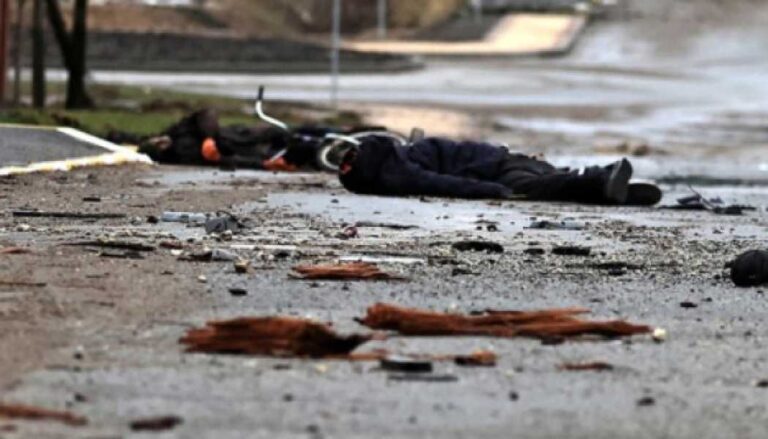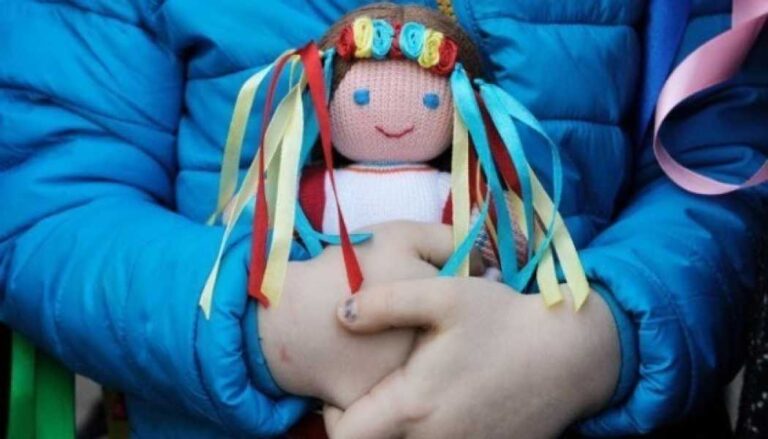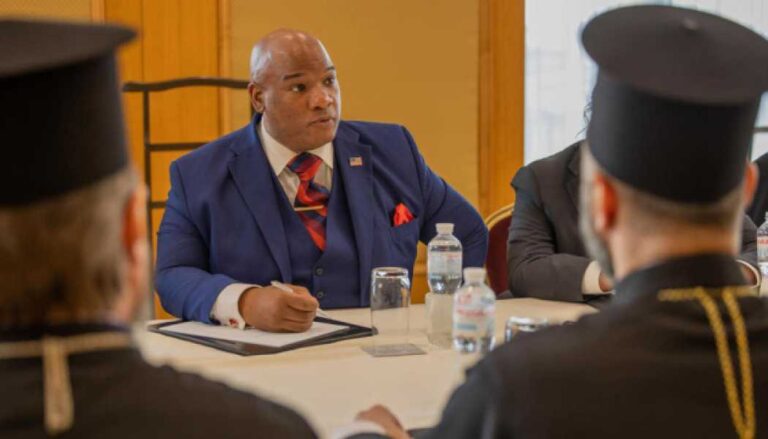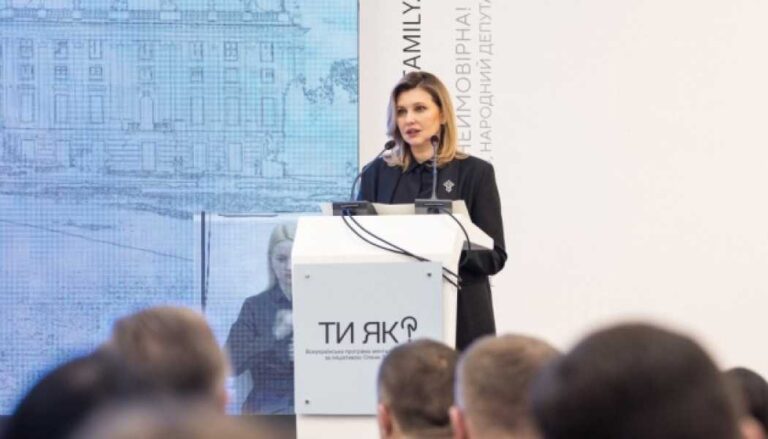Russian museums have betrayed their cultural mission and must be held accountable for supporting the war in Ukraine

Numerous violations of Ukrainian legislation and international agreements make any interaction with Russian museums as cultural institutions impossible.
Since the start of the full-scale invasion of Ukraine, more than seven hundred Russian museums have organized exhibitions glorifying the war, which Russia calls a “special military era” (SVO). Such extensive participation in such events indicates that these are not individual initiatives, but curation in accordance with federal government guidelines aimed at creating a unified narrative about the “special military era,” engaging museums in a campaign to justify aggression, mobilizing Russian society, and indoctrinating young people in Ukrainian regions under Russian occupation.
Russia began a campaign to distort history after the humiliating retreat of its troops from the Kyiv and Chernigov regions in the spring of 2022. At the initiative of the head of Russia's foreign intelligence [Sergey] Naryshkin, an inter-museum group was created to select exhibits praising the SVO. At that time, Naryshkin had headed the so-called Russian Historical Society for more than ten years. Previously, as the head of President Putin's administration, he headed the commission “to counter attempts to falsify history to the detriment of Russia's interests.” Such mixed activity of “siloviki” and historians testifies to the fact that the cultural and museum activities of the Russian government have long been subordinated to the goals pursued by the Russian special services. In May 2022, the Russian Historical Society opened two new branches – in the occupied cities of Luhansk and Donetsk. Already in August 2022, the Russian Ministry of Culture initiated an action called “Our Traditions” in the occupied Ukrainian region of Luhansk. This was the first time that about two dozen museums joined the campaign to legitimize the Russian occupation and rewrite the history of Ukrainian resistance.
In order to make these efforts more systematic and consistent, Putin issued a decree in 2023 on the creation of “SVO museums” in each of the subjects of the Federation. The first to develop a standard project for such a museum was, of course, the Russian Historical Society.
During these years, the Russian authorities have implemented a number of clearly anti-Ukrainian “museum” projects, including the exhibitions “Ordinary Nazism”, “Ordinary Nazism”, “NATO. Chronicles of Cruelty”. And such a “museum” action is being carried out against the backdrop of shockingly cruel war crimes committed by Russian soldiers in Bucha and Borodyanka, as well as massive airstrikes on Mariupol.
That is, the goal of these “SVO museums,” militaristic exhibitions, and the “new” museum concept in general is to mobilize Russian forces to commit new war crimes, presenting them as “heroism,” to hush up the obvious failures of the Russian army, and to accustom Russian society to the prospect of a long “war on the X.”
There is ample evidence that Russia is waging cognitive warfare alongside its military aggression. Museums are an effective tool because they enjoy scholarly authority and public trust in their expertise in history. This aura of scholarship is used to influence not only domestic audiences but also the international community.
Another aspect of the exploitation of the imperial greed of the Russian government by museums is the plunder of Ukrainian cultural heritage. Since 2023, a federal law has included all museums in the Donetsk, Zaporizhia, Luhansk and Kherson regions (within their administrative borders, and not just those parts that Russia was able to occupy) in the network of Russian museums. For example, Russia “appropriated” the Khortytsia National Reserve even before it was able to establish control over our legendary Cossack lands. In total, Ukraine has lost 77 museums as a result of laws adopted by the Russian parliament, the State Duma.
The funds of these museums must be included in the State Catalogue of the Museum Fund of the Russian Federation by December 31, 2027. Such actions by the aggressor country contradict the code of ethics of the International Council of Museums (ICOM), of which the Russian Federation remains a member, as well as the main provisions of the Hague Convention for the Protection of Cultural Property in the Event of Armed Conflict, of which the aggressor state is also a party. The laws adopted by Russia are criminal in nature, and their implementation is a crime under international law.
To implement this law, the Russian Ministry of Culture has instructed federal museums to “take patronage” over Ukrainian museums. In practice, the so-called integration into the Russian cultural space consists of replacing exhibits, removing all references to Ukraine, banning the Ukrainian language, and praising the “exploits” of the Russian army.
Thanks to such “patronage” — a cynical hint at the “friendship of two peoples” — according to the Ukrainian National Committee of the International Council of Museums (ICOM), as of February 2025, 38 Ukrainian museums were included in the publicly accessible part of the Russian catalogue.
The heads of the Peterhof State Museum-Reserve, the Pioneer Museum, the Russian Ethnographic Museum and dozens of other institutions in Moscow and regional capitals have personally visited the occupied territories. The result of such visits is often the illegal movement of valuable Ukrainian artifacts.
Source: Source



